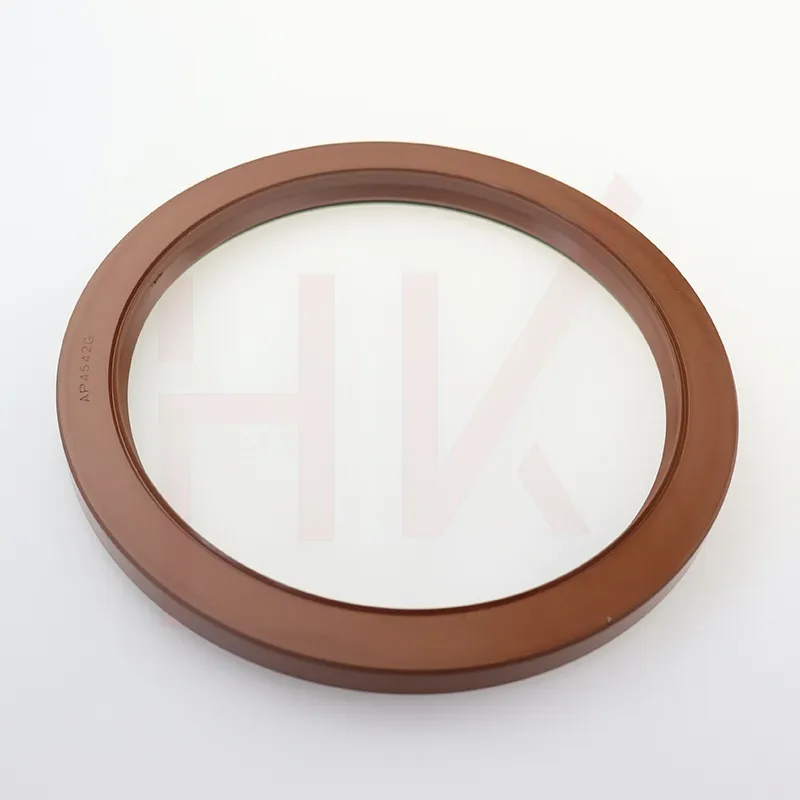9 月 . 30, 2024 11:23 Back to list
Hydraulic Cylinder Seal Solutions for Enhanced Performance and Durability in Fluid Power Applications
Understanding Hydraulic Cylinder Seals Importance, Types, and Maintenance
In the world of hydraulic systems, seals play a crucial role in ensuring the efficient operation and longevity of hydraulic cylinders. These components are vital in preventing fluid leakage, maintaining the internal pressure of the system, and protecting the mechanical parts from contaminants. As hydraulic systems are widely used in various industries, from construction to manufacturing, the importance of hydraulic cylinder seals cannot be overstated.
The Role of Hydraulic Cylinder Seals
Hydraulic cylinder seals are designed to provide a tight seal between moving components, ensuring that hydraulic fluid is contained within the cylinder. This containment is essential because hydraulic systems rely on the pressure generated by the fluid to perform work. A good seal prevents fluid from leaking out, which can lead to a loss of pressure and efficiency in the operation of the machine.
Additionally, seals protect against the ingress of dirt, dust, and other contaminants that could impair the function of the hydraulic system. Contaminants can cause abrasion, leading to premature wear of the cylinder and the seals themselves. Therefore, a well-designed seal is not only about preventing leaks but also about safeguarding the entire hydraulic system.
Types of Hydraulic Cylinder Seals
There are several types of hydraulic cylinder seals, each designed for specific applications and environments
. Some of the most common types include1. Rod Seals These seals are located on the rod of the hydraulic cylinder. They are critical for preventing hydraulic fluid from leaking out as the rod retracts or extends. Rod seals are often made from materials that provide excellent wear resistance and can handle high-pressure conditions.
2. Piston Seals Found on the piston within the cylinder, these seals play a similar role to rod seals but in the opposite direction. They ensure that pressurized fluid is contained in the cylinder, allowing the system to generate the necessary force for operation. Piston seals must be designed to handle not only the pressure but also the dynamic movement of the piston.
3. Buffer Seals These seals are used in conjunction with rod or piston seals to absorb shocks and vibrations, protecting the primary seals from damage and extending their life.
4. Dust Seals Situated at the outer part of the cylinder, dust seals prevent contaminants from entering the sealing area. They are crucial for maintaining the cleanliness of the hydraulic system and should be replaced regularly to ensure continued protection.
hyd cylinder seals

Each type of seal can be made from various materials, including rubber, polyurethane, and polytetrafluoroethylene (PTFE), accommodating different pressures, temperatures, and media.
Maintenance of Hydraulic Cylinder Seals
Routine maintenance of hydraulic cylinder seals is essential to ensure the longevity and efficiency of hydraulic systems. Regular inspections can help identify signs of wear, such as fluid leaks, reduced performance, or the presence of contaminants. Here are some maintenance tips
1. Regular Visual Inspections Check for any visible signs of leakage or damage around the seals. Early detection can prevent major failures.
2. Fluid Quality Ensure that the hydraulic fluid used is clean and of the right type for your system. Contaminated or incorrect fluids can lead to premature seal degradation.
3. Replace Seals as Needed Developing a schedule for replacing seals based on usage and environmental conditions can help avoid unexpected downtime in operations.
4. Environmental Protection Implement protective measures to shield hydraulic cylinders and their seals from environmental factors, such as debris and extreme temperatures.
5. Use Appropriate Installation Techniques When replacing seals, be sure to follow manufacturer guidelines to avoid issues such as improper seating or damage during installation.
Conclusion
Hydraulic cylinder seals are integral components of hydraulic systems, serving significant functions that impact overall machinery performance. By understanding the types of seals, their roles within hydraulic cylinders, and the maintenance practices required to keep them functioning optimally, industries can enhance the reliability and efficiency of their hydraulic operations. Proper attention to seals not only prolongs the lifespan of the equipment but also ensures safety and cost-effectiveness in operations. As hydraulic technology continues to evolve, the advancement in seal design and materials will pave the way for even more efficient hydraulic systems.
-
The Power of Advanced Sealing: High-Pressure Solutions for Modern Machinery
NewsOct.29,2024
-
Optimizing Machinery with High-Performance Oil Seals
NewsOct.29,2024
-
Maximizing Machinery Efficiency with Advanced Oil Seals
NewsOct.29,2024
-
Ensuring Equipment Longevity with Quality Oil Seals
NewsOct.29,2024
-
Enhance Equipment Performance with Quality Oil Seals
NewsOct.29,2024
-
Custom Oil Seals for Specialized Machinery Needs
NewsOct.29,2024
-
The Role of Wiper Seals in Dust Sealing and Oil Protection
NewsOct.20,2024
Products categories
















